deepeye.hu
Astronomical Drawings of Peter Kiss
Astronomical Drawings of Peter Kiss





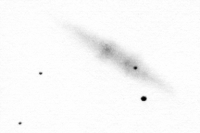 Previous
PreviousUrsa Major galaxy with supernova
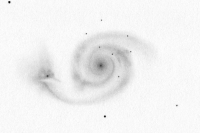 Next
NextThe Whirlpool galaxy in Canes Venatici
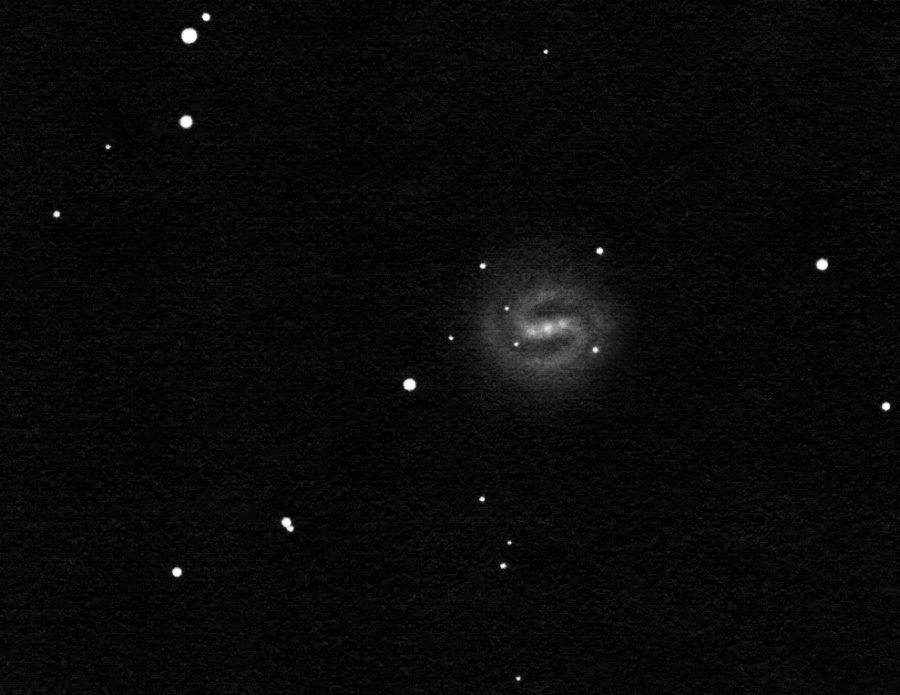
NGC 4535 is an especially beautiful member of the Virgo Cluster. The barred spiral galaxy with an apparent visual magnitude of about 10.0m is not an easy sight. At least concerning the detalis. The core is bright and very tiny. Going outwards the galaxy is getting relatively uniformly and gradually fainter until it disappears diffusely in the background. This uniformity is 'spoiled' by the bar which is relatively easy to see. It is pretty short (about 1') and it has a small bright spot in both ends. The spiral structure is much harder to see but it is visible. It is interesting that the areas between the bar and the arms (above and below the bar) are surprisingly dark.
After finishing the drawing I took a look at the map and the photo and it turned out that there are two more galaxies in the field that I could probably have seen (both are about 15.3m). They are NGC 4535A and PGC 41752. I didn't know about these galaxies and didn't look for them consciously. Note that there are more stars in the drawing between 15.9m and 16.0m.

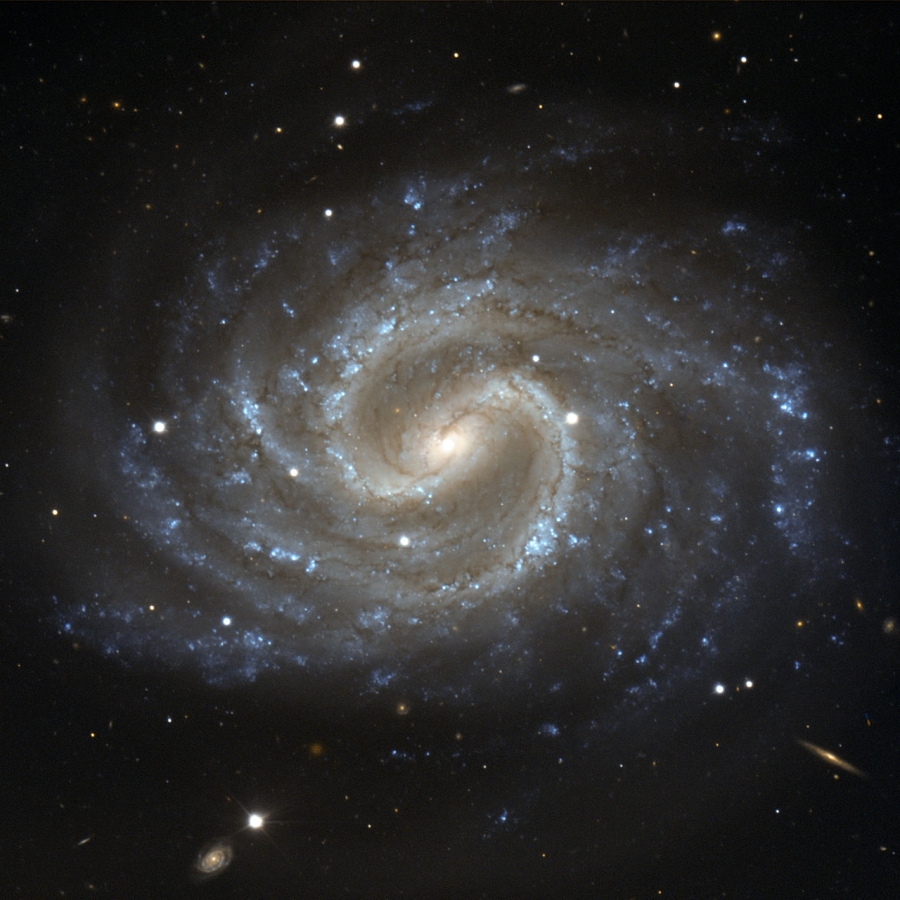
The photo on the left was made by the ESO using the 8.2 m VLT and the FORS1 instrument. My inverted drawing has been rotated and cropeed to resemble the orientation and size of the photo.
Of course what I could see using an amateur telescope is far behind an image made using one of the biggest telescopes on Earth. Nevertheless the main structure was visible pretty well. The outer (and fainter) spiral arms remained hidden in the 16" Dobsonian just like the fine structure.
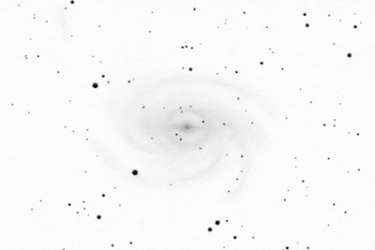
Pavo galaxy
The grand spiral galaxy of Pavo
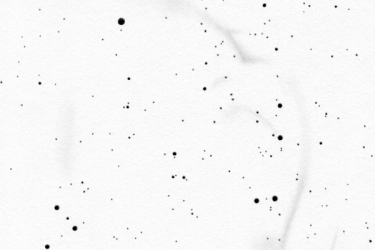
Panorama drawing
Huge and faint supernova remnant in the southern sky
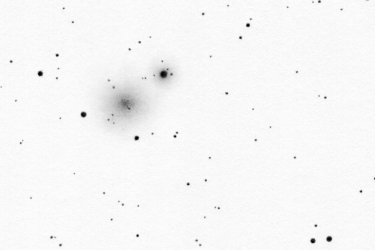
Centaurus globular cluster
The second globular in Centaurus
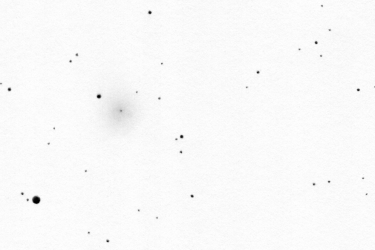
Apus globular cluster
Globular cluster close to the Southern celestial pole
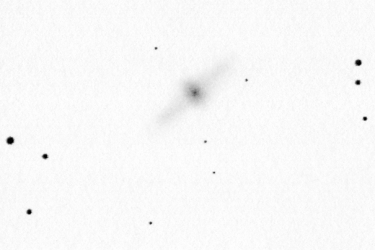
Centaurus galaxy
Polar ring galaxy
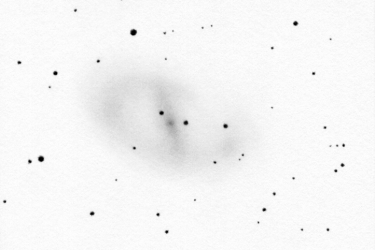
Ara galaxy
Barred spiral galaxy in the thick of the Milky Way